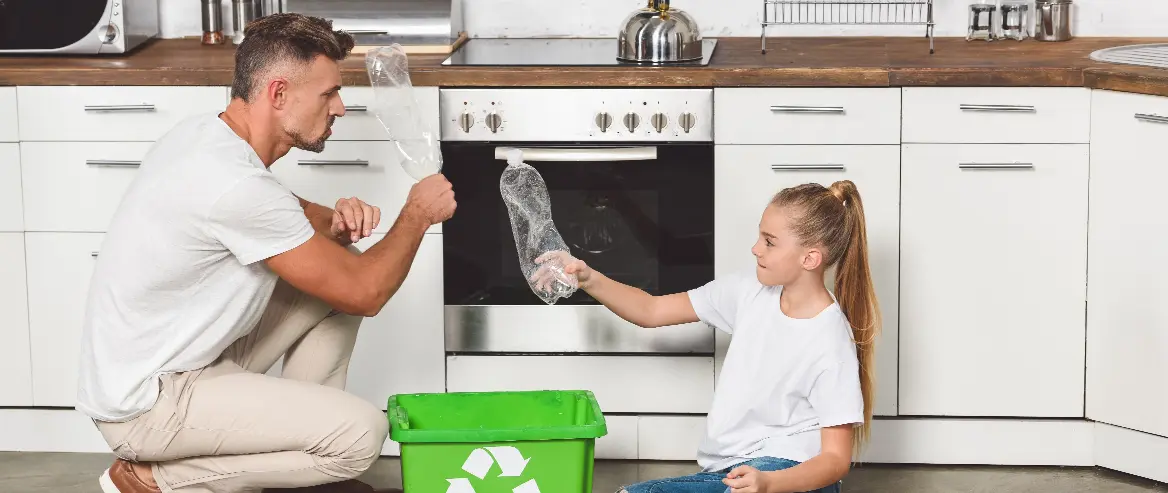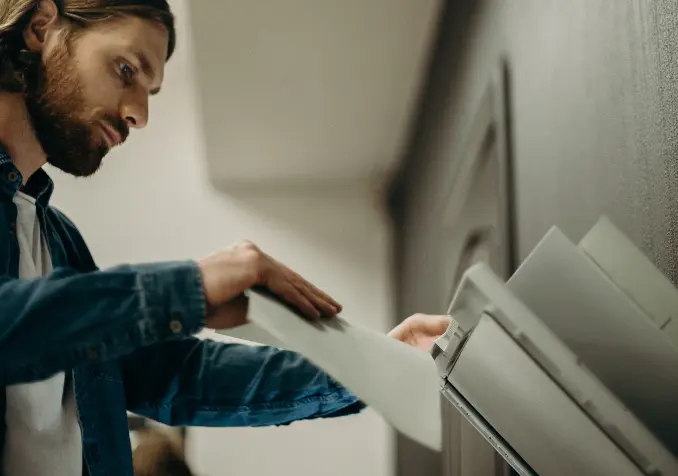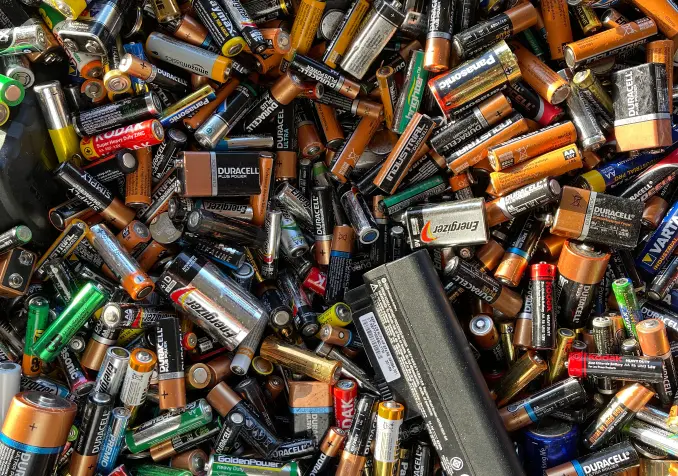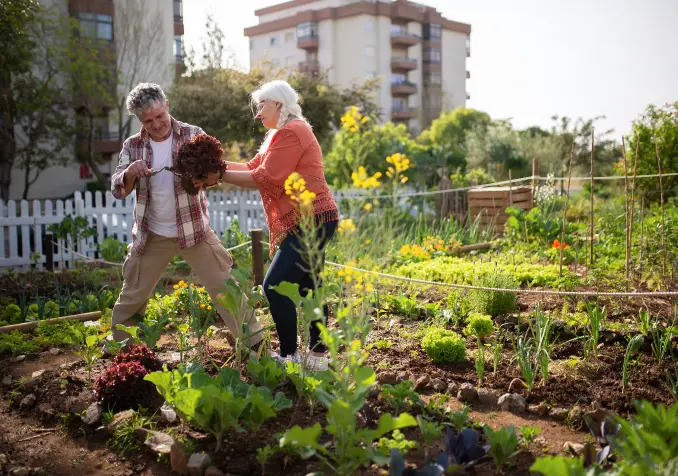4 Ways to Be More Green in Your Home
Published on Mar 15, 2022

The United Nations has said that climate change is happening much quicker than anyone anticipated.
And while big business has a lot to answer for, you can create some good, green habits in your own home.
These are some easy choices you can make to help turn the tide.
What Is Carbon Footprint?
A carbon footprint is the total greenhouse gas (GHG) emissions caused directly and indirectly by an individual, organization, event or product.
Throughout a product's lifetime, or lifecycle, different GHGs may be emitted, such as carbon dioxide (CO2), methane (CH4), and nitrous oxide (N2O), each with a greater or lesser ability to trap heat in the atmosphere.
What is the impact of our carbon footprint on the greater environment?
According to Green Matters, the amount of carbon emissions trapped in our atmosphere causes global warming, which causes climate change, symptoms of which include melting of the polar ice caps, the rising of sea levels, the disturbance of animals' natural habitats and extreme weather events.
This article by the University of Michigan's Center for Sustainable Systems has some easy-to-understand information on ways you can reduce your carbon footprint at home.
1. Food for Thought

According to the Centre for Sustainable Systems at the University of Michigan, food accounts for 10-30% of a household's carbon footprint.
What you eat matters, too. Switching one meal a week to vegetarian could save the equivalent of driving 1160 miles (approx. 1866km)—the production of meat is among the most carbon emission intensive.
Food waste is a problem as well – it causes global greenhouse emissions because rotting food in landfills creates methane, which is more potent than carbon dioxide.
Here are a few ways to minimise your food waste:
- Always shop with a list so you don't buy more than you need.
- Meal prep and freeze so nothing goes to waste
- Reuse leftovers
- Donate unwanted food.
- Compost spoiled fruit or vegetables.
- If your local council has a green waste bin, research how to utilise it properly.
2. Rethink Paper and Plastic

We already know we need to minimise our use of plastic and paper and while initiatives like the plastic bag ban have made a bit of an impact, there is still plenty more that can be done on the home front.
- When printing documents, print on both sides of the paper. Utilise the back of printed documents you're planning on throwing out – shopping lists, drawing paper for the kids, future printing.
- Choose to Receive Bills Online. Stop buying plastic disposable bottles, pick up a nice reusable one instead.
- Buy products with less packaging. Avoid disposable products, such as paper and plastic plates, paper towels and napkins where you can.
- Use your keep cup for your morning coffee.
3. Be Switched On About Electricity

- Run the washing machine with cold water instead of hot (unless you're washing bedding or bath towels). It will help to reduce emissions but also protect your clothing; hot water can deteriorate the fabric and make colours fade quicker
- Skip the dryer if possible
- Look for the energy star rating when purchasing appliances – it makes a world of difference.
- Before buying new, check sites like Gumtree or Facebook marketplace.
- Electronic wastes need a lot of water, energy, and valuable resources in their manufacture, so their reuse and recycling are crucial.
Thanks to the Australian Government's National Television and Computer Recycling Scheme, companies that sell computers need to pay for the end-of-life recycling of these products. Recycling Near You provides more information on where you can drop off unused televisions.
Lighting
- Swap regular light bulbs for LED Bulbs. LED lasts longer, are eco-friendly, and they help you save money in the long run.
- Turn off the lights when you leave the room.
- Open curtains and use natural light where you can.
4. Grow And Make Your Own

- Plant your own backyard garden. Remember to keep it simple. Start with one type of fruit or vegetable and go from there.
- Consider rethinking your cleaning cupboard as well. Cleaning chemicals and the plastic bottles they come in are tough on the environment.
- Homemade natural cleaning products are easy to make and most chores can be done with these 3 natural items: vinegar, lemon, and baking soda. Our natural cleaning kit guide is a great place to start – we tell you what products you need and how to create cleaning solutions for different jobs around the home.
Related Article
The 7 Items You Need in Your Natural Cleaning Kit







